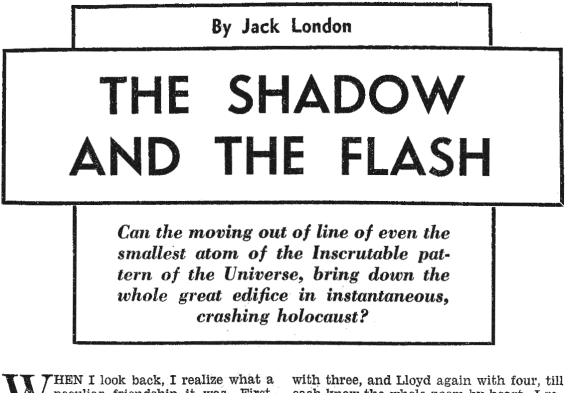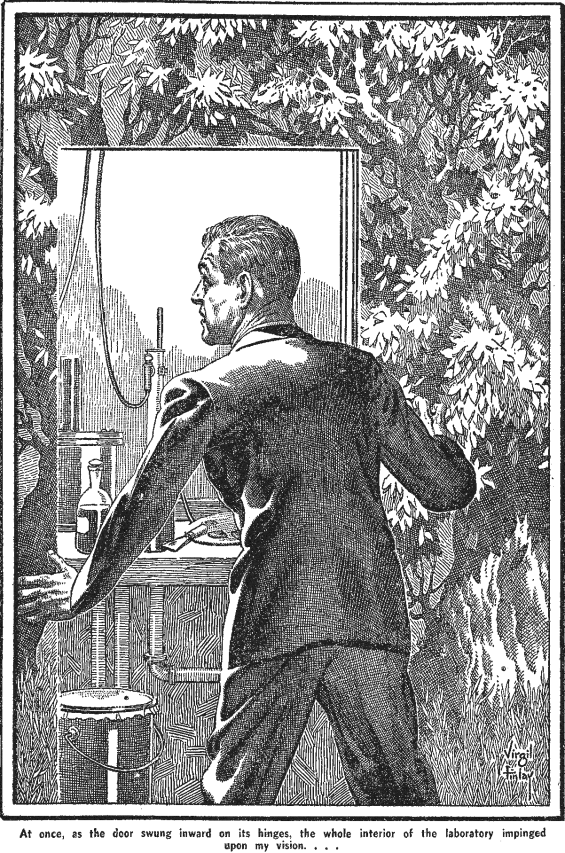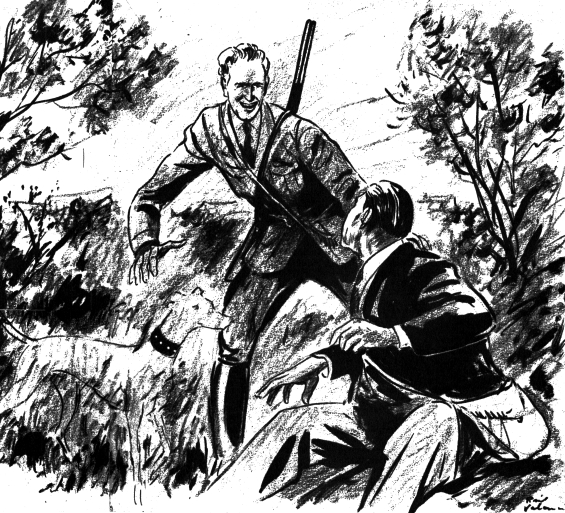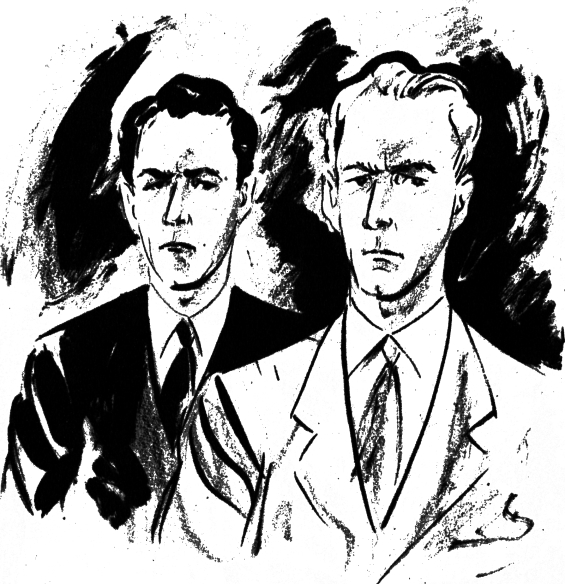

 The SFFaudio Podcast #167 – Jesse, Tamahome and David Stifel talk about At The Earth’s Core by Edgar Rice Burroughs.
The SFFaudio Podcast #167 – Jesse, Tamahome and David Stifel talk about At The Earth’s Core by Edgar Rice Burroughs.
Talked about on today’s show:
the Burroughs Guy podcast, Pellucidar, A Princess Of Mars, Burroughs was a dynamic writer, 1913, Barsoom series, the Tarzan series, the Pellucidar or Inner World series, The Land That Time Forgot, Tarzan is next, Tarzan goes to Pellucidar (Tarzan At The Earth’s Core), airships, Jules Verne, The Lost World by Sir Arthur Conan Doyle, Journey To The Center Of The Earth, Blackstone Audio, the hollow earth, lizard people, dry humour, Dian the beautiful and her brother Dekor, Abner Perry, Robert A. Heinlein, Jubal Harshaw, the well thought through world, the iron mole, an inverted world, Burroughs well lampshades the improbabilities he presents, the moon in the center of the earth (the pendant world), how does the time work in Pellucidar, the relativity of time, the naming of characters and places in Burrough’s worlds, Thoria vs. Thuria, must get loincloths, the 1976 movie version of At The Earth’s Core, princesses, romance, pet hyenadons, saggoths to shoggoth, H.P. Lovecraft, telepathy, the Mahars’ secret, Ja the king, like Robin Hood and Friar Tuck, near instant language learning, Doug McLure, Peter Cushing, a Connecticut Yankee, the pious Perry, Perry’s theory of time, colonialism, the white man’s burden, noble savage, Kull of Atlantis and Brule The Spear Slayer (the Pict), Beyond The Black River, Hooja the Sly One (an ignoble savage), the size of Pellucidar, Ringworld by Larry Niven, the Sahara, manifest density, telegaph line through to the center of the earth, The Time Machine by H.G. Wells, “my prehistoric bride”, stone age tech, dinosaurs, giant fire breathing frogs, the various animals of Pellucidar, Hell is Earth, the raw food diet, a dainty cave wife, the illustrated At The Earth’s Core, ERBZine website, the vivisection/lockpicking scene, John Carter, Prince Of Persia, Peter Jackson, Greystoke: The Legend Of Tarzan, Lord Of The Apes, David Stifel’s filmography, Sleeper Cell, Minority Report, Gods And Generals, Jeffrey Shaara, The Killer Angels by Michael Shaara, Gettysburg, Heaven’s Gate, G Vs. E, Six Feet Under, selling Tom Cruise drugs, David’s IMDB page, Sam Peckinpah, The Wild Bunch, Tarzan Of The Apes is next, racism, that David Stifel guy, The Land That Time Forgot, David is in George Bernard Shaw’s Heartbreak House at Theatricum Botanicum in Los Angeles!
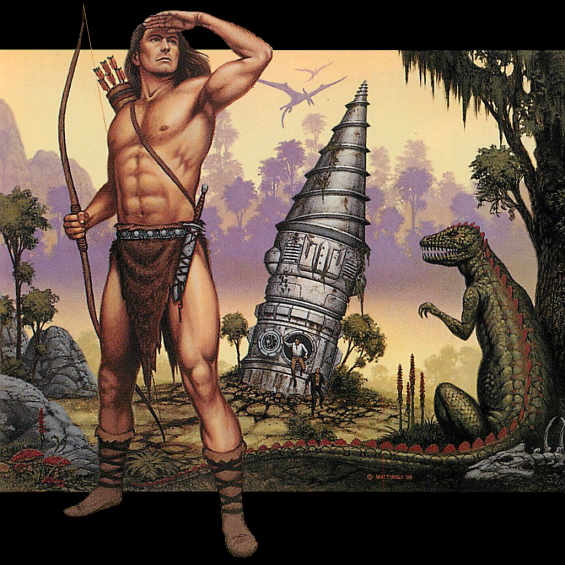
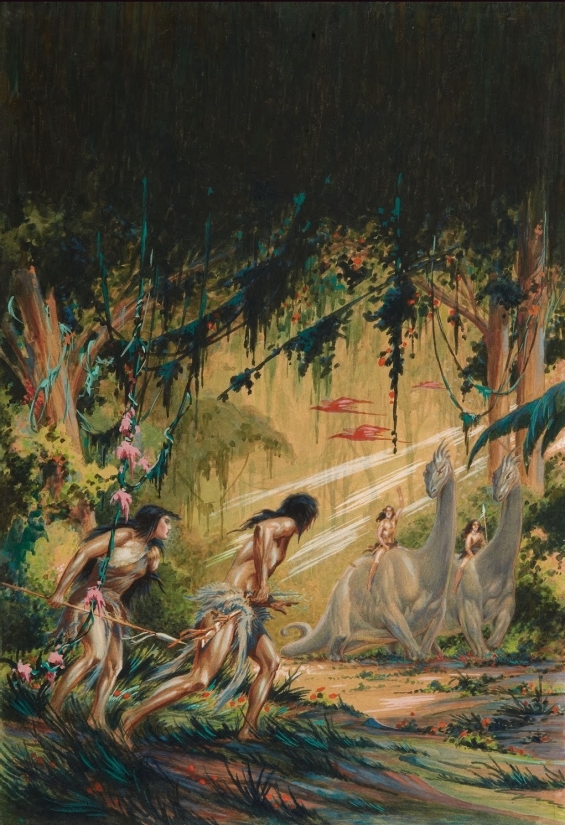
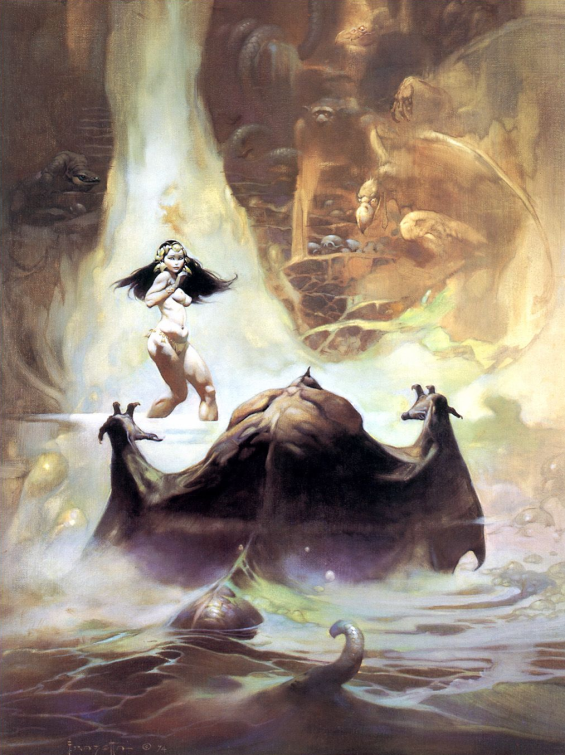
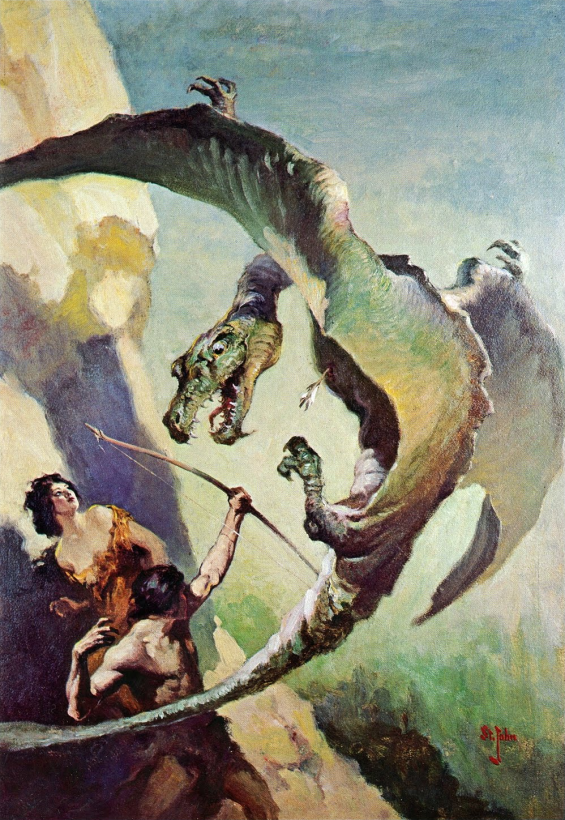
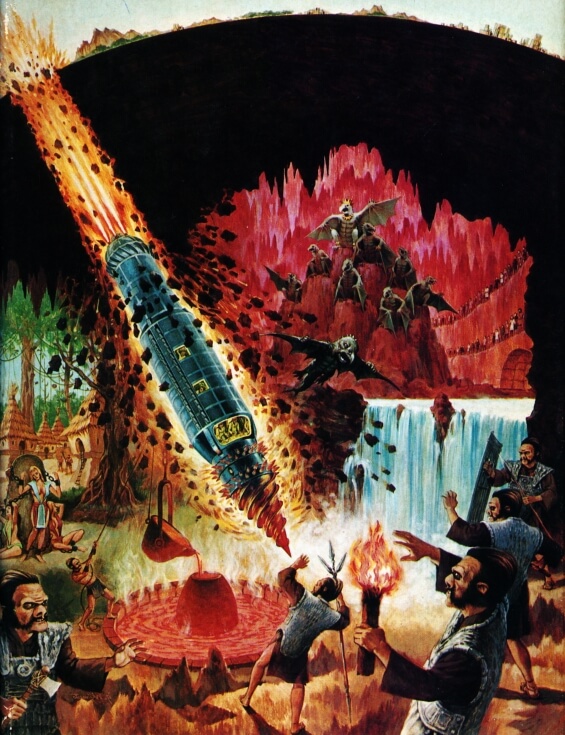
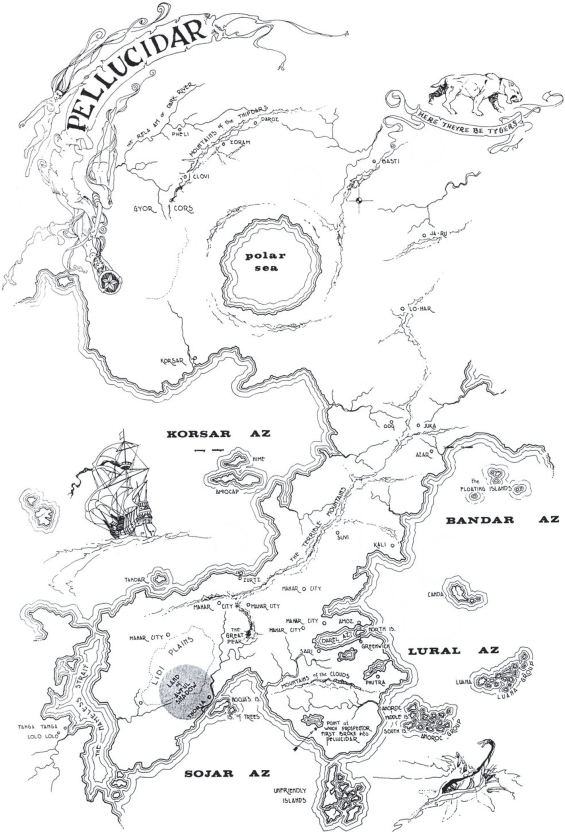
Posted by Jesse Willis

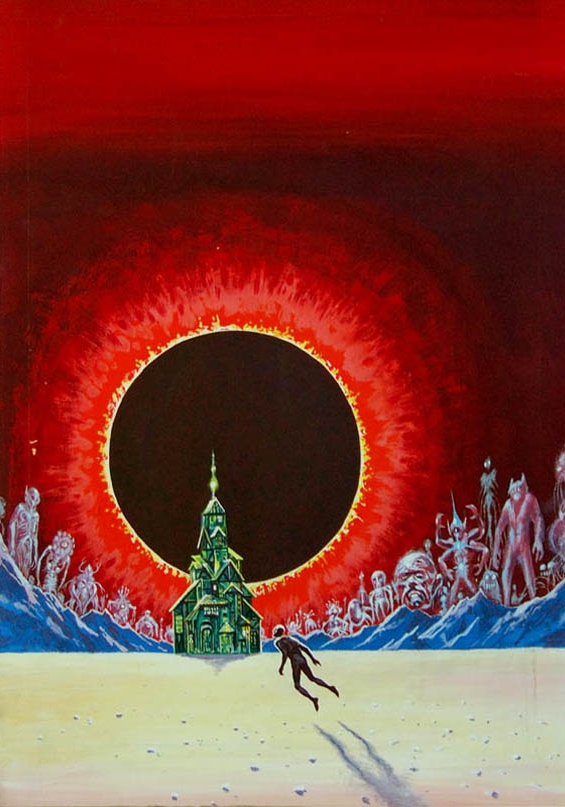
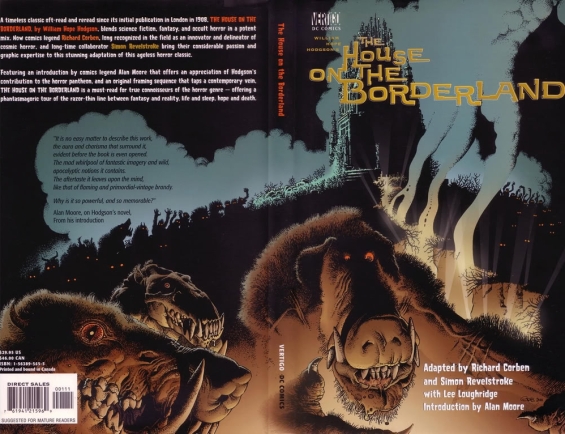
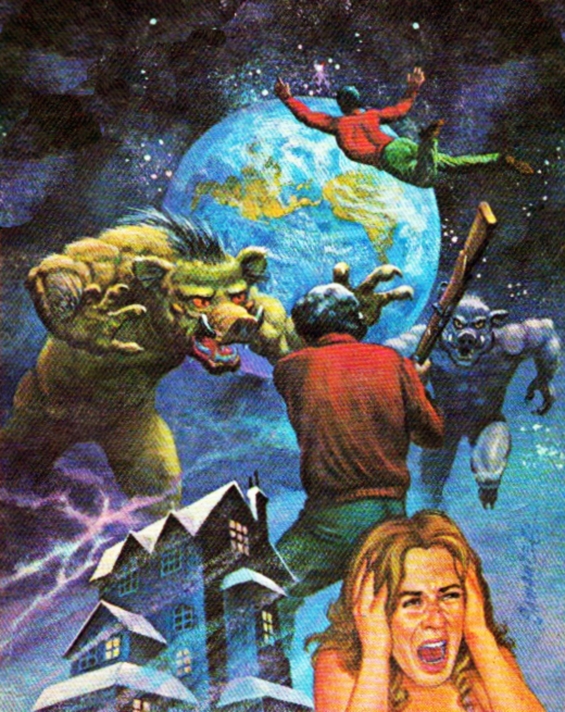
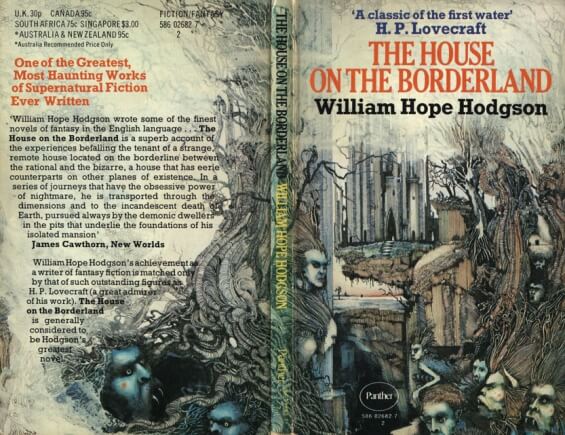
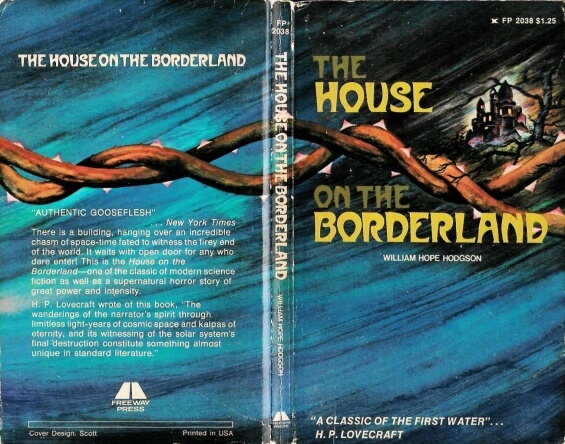
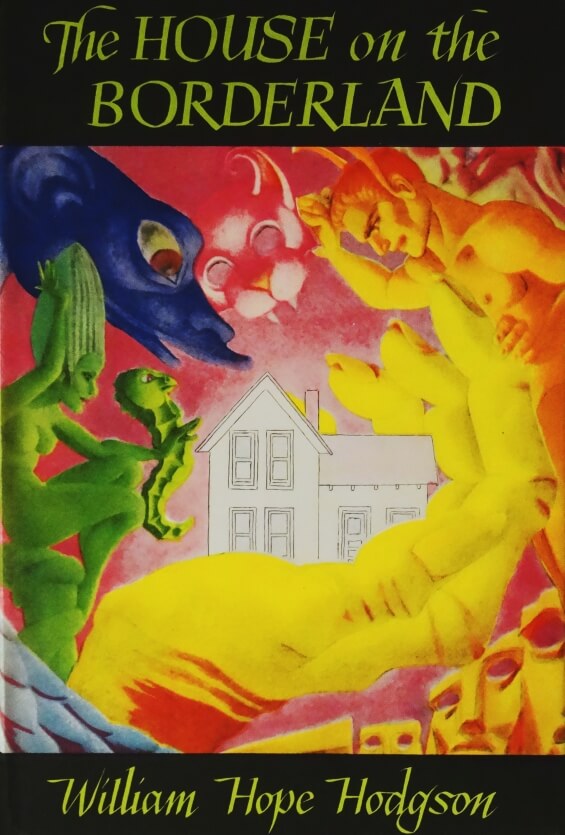
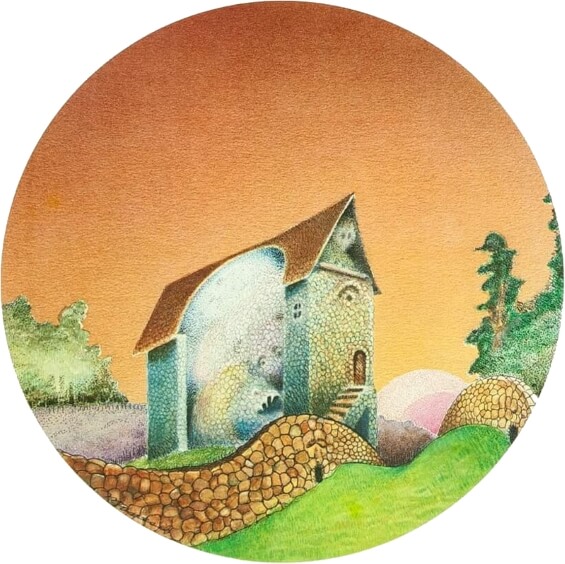
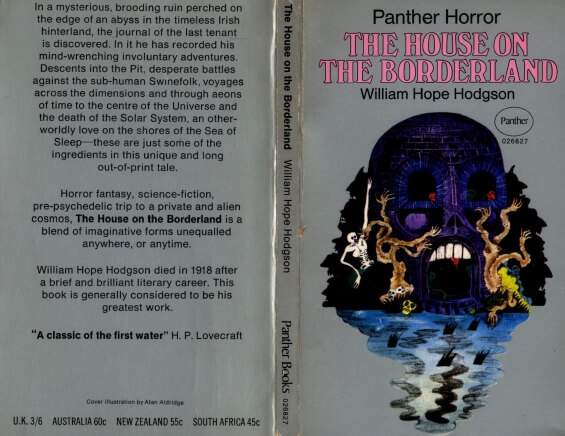


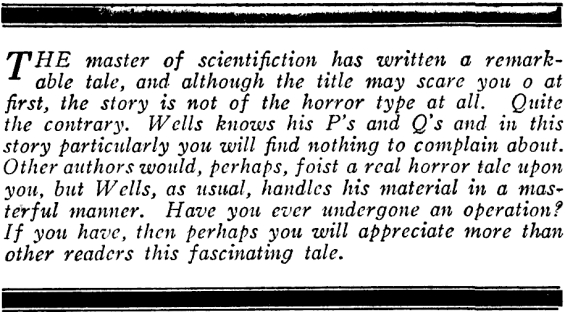
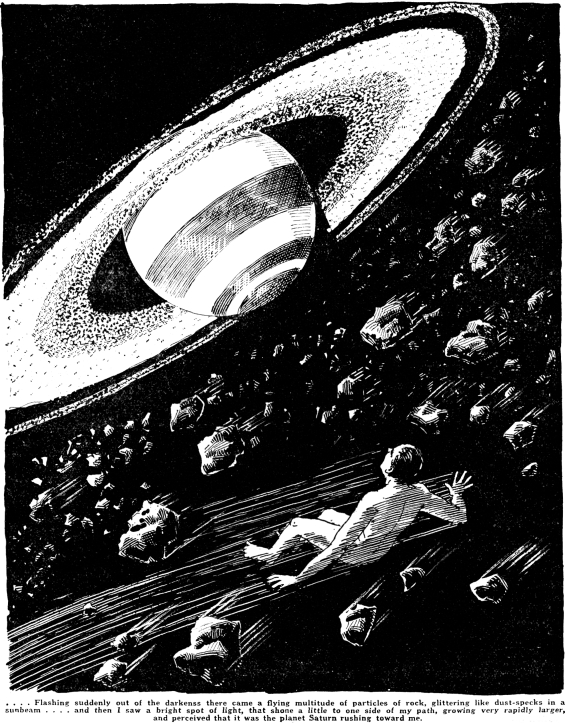
 Under The Knife (aka Slip Under the Knife)
Under The Knife (aka Slip Under the Knife)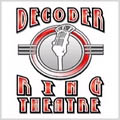
 There’s a new anthology series running on Decoder Ring Theatre – it’s entitled Marvellous Boxes. I’ve somehow missed the first episode because I’ve just heard the second episode,
There’s a new anthology series running on Decoder Ring Theatre – it’s entitled Marvellous Boxes. I’ve somehow missed the first episode because I’ve just heard the second episode, 
